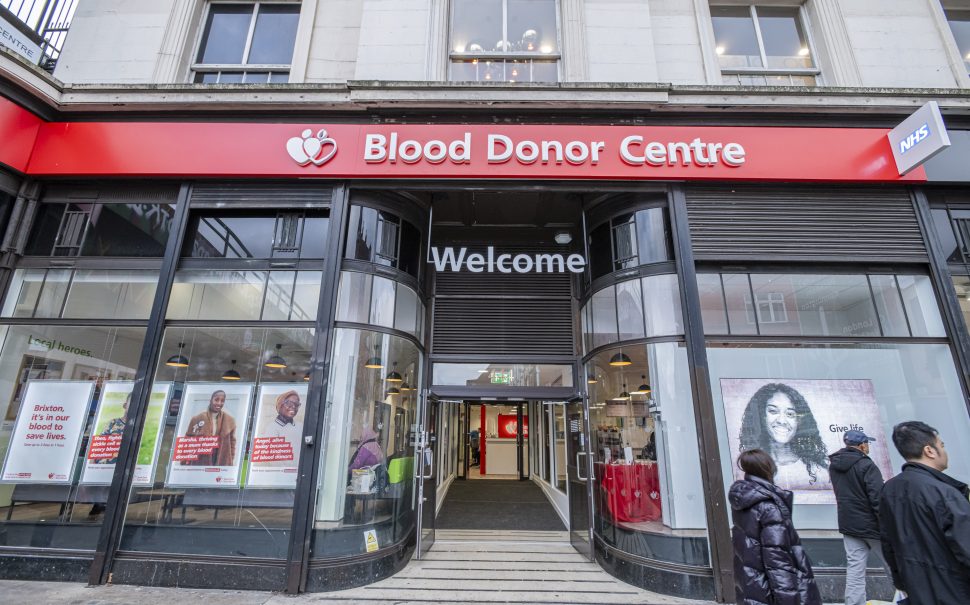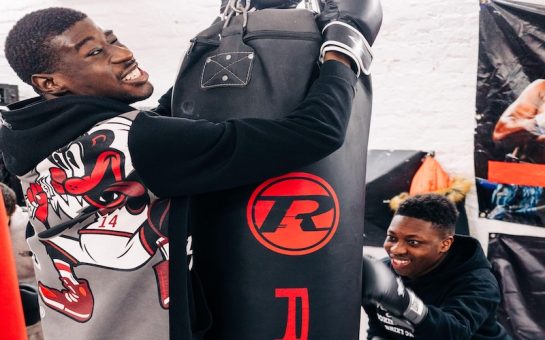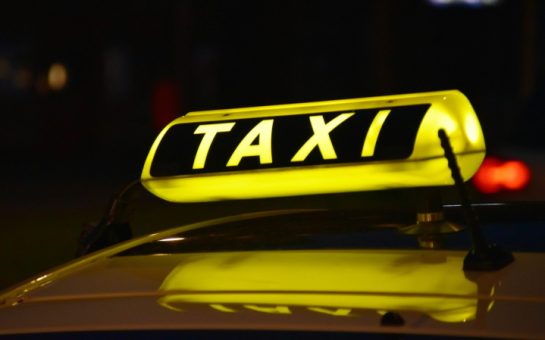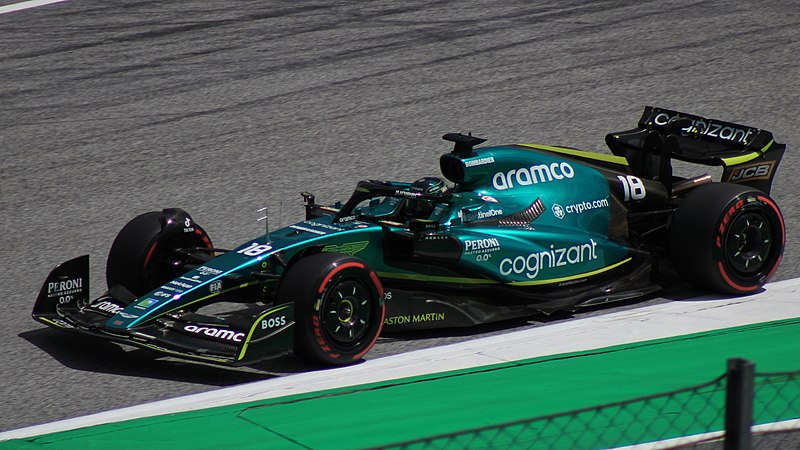Brixton Blood Donor Centre is appealing to Black Caribbean and Black African donors after England saw an unprecedented low for donations.
The centre, which opened last month, aims to tackle the growing demand for blood needed to treat sickle cell, a condition close to the Brixton community.
Sickle cell affects approximately 12,000 people in England, of which 90% of patients are Black, and with the number of people affected increasing yearly the demand for Black heritage donations is as important as ever.
Brixton Blood Donor Centre manager Rex Osei-Bonsu said: “The purpose of this centre is to get more people from Black heritage backgrounds to come and donate. This is the best location to do so.
“Each donation can save up to three lives, so every Brixton resident who comes forward is making a vital contribution to the lives, health and wellbeing of Londoners.”
NHS Blood and Transplant issued the first-ever amber alert regarding blood shortages in 2022 after England failed to meet the 140,000 new donations needed each year to fulfil demands.
Black heritage donors made up 3.63% of donations in 2024, and while the number of Black donors was representative of their population in England, the number of donations has decreased by one-fifth since 2021 – so raising awareness in Black Caribbean and Black African communities remains important.
Sickle cell is an inherited health condition that affects the red blood cells and is treated through regular blood transfusions.
More than half of Black heritage donors are likely to have the specific Ro subtype required for effective treatment of sickle cell compared to 2.4% of donors from other ethnicities.
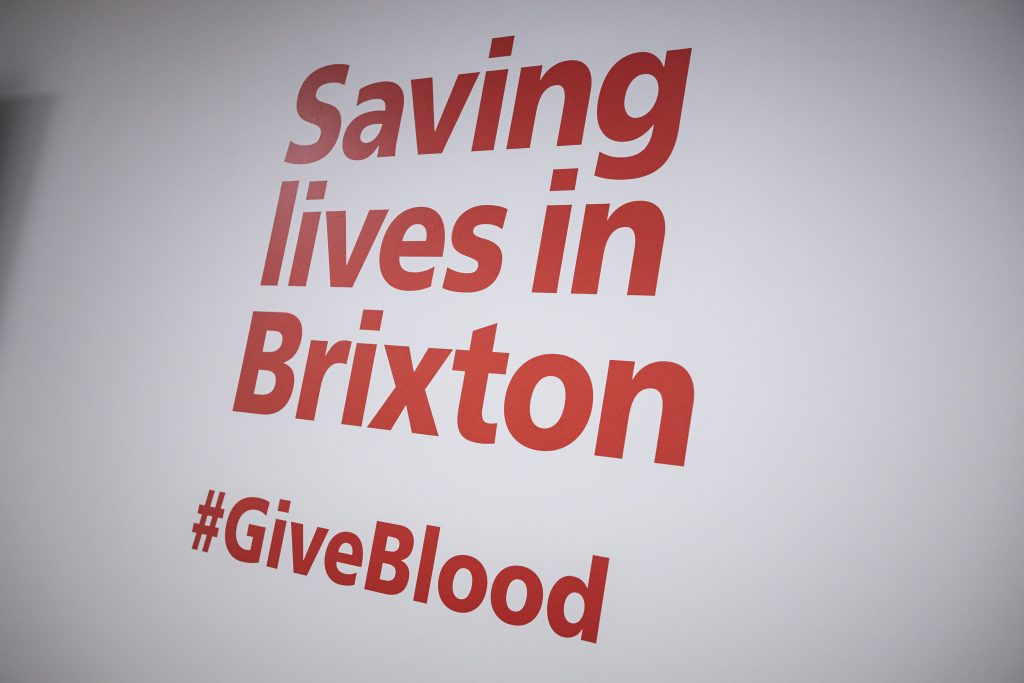
First-time donor Marikany Keita, 20, said: “I have wanted to donate blood previously but never took it seriously, and then I saw this centre and thought why not?
“I have friends who have sickle cell and I know people who need blood transfusions so I thought why not help if I can?
“It always felt like a long process and so I always put off doing it, but I was wrong.”
Osei-Bonsu added: “There’s a lot of misconceptions out there, and it is because the information is not out there. So you need to educate people and once you give them the information and the confidence they start to see the reason and purpose.”
These misconceptions are key reasons why people do not register to donate and if they do, end up finding an excuse to not donate.
Osei-Bonsu said: “Tattoos, travel and medical conditions are common excuses but there is always some explanation that means people can give blood, and this centre will help with that.
“We are not doing enough, people do not know the information. But it is easier now that we have social media.”
Potential donors are less likely to give blood if it is inconvenient to them, and as a result since 2020 England has failed to meet the required 140,000 new donations a year.
But the most concerning statistic is the number of people registering to donate has almost halved, although the number of new donors has gone up slightly.
Osei-Bonsu said: “People who donate do not get paid, and so why would you donate, it is out of their own goodwill. And so you have to make it hassle-free for them.”
Osei-Bonsu believed the location was integral to the success of the new centre, which is positioned on Brixton High Street and close to the tube station.
The importance of the location is shown on a national scale through the correlation between the number of donation centres in a region and the number of people registering to donate.
Both London and the South West of England have six permanent donation centres each, making up almost half of the total 27 permanent centres across England.
Since 2020, they are also the only two regions in England to hit or exceed the target contribution of 0.24% of the population.
Whereas the West Midlands, which has only two permanent centres in Birmingham and Stoke, has consistently failed to meet this contribution.
However, creating more permanent locations is not the solution as blood has a shelf life, therefore overstocking can also cause problems.
Osei-Bonsu believes the solution for the ongoing shortage is for centres to be opened strategically to meet the demands of their community and find new ways to engage and connect with them.
He said: “We have designed the centre in collaboration with the community, to make it look like something Brixtonians would recognise. The rooms are named after neighbourhoods and locations.
“For the snacks after donating, we have plantain chips and some cake Black Farm and we are bringing in ginger tea. We do not want this place to feel clinical, but we want it to be reflective of the area.”
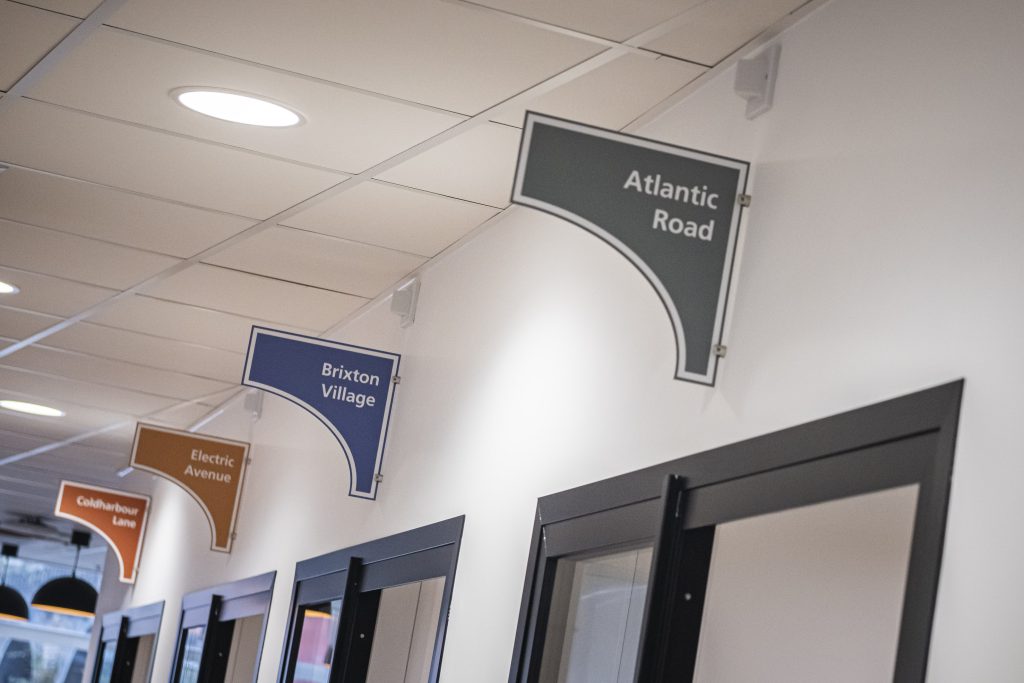
NHS Blood and Transplant Chief Executive Dr Jo Farrar said: “We have worked in partnership with the community to deliver a centre and experience that’s rooted in Brixton – from bespoke artwork created by local artists to inspirational stories from Black Brixtonians who have saved lives through their donations.”
The Brixton Blood Donor Centre places the community at its heart, and the result is clear.
Across England and Wales in January, there were 1,512 Ro subtype blood donations – a third of which came from London blood donor centres.
What’s more 8% came from Brixton in the centre’s first month of opening and in a short time has become the highest Ro donation centre in London.
Making an appointment is easy, book now at blood.co.uk, on the GiveBloodNHS app or call 0300 123 23 23.
Featured image credit: NHS Blood and Transplant
